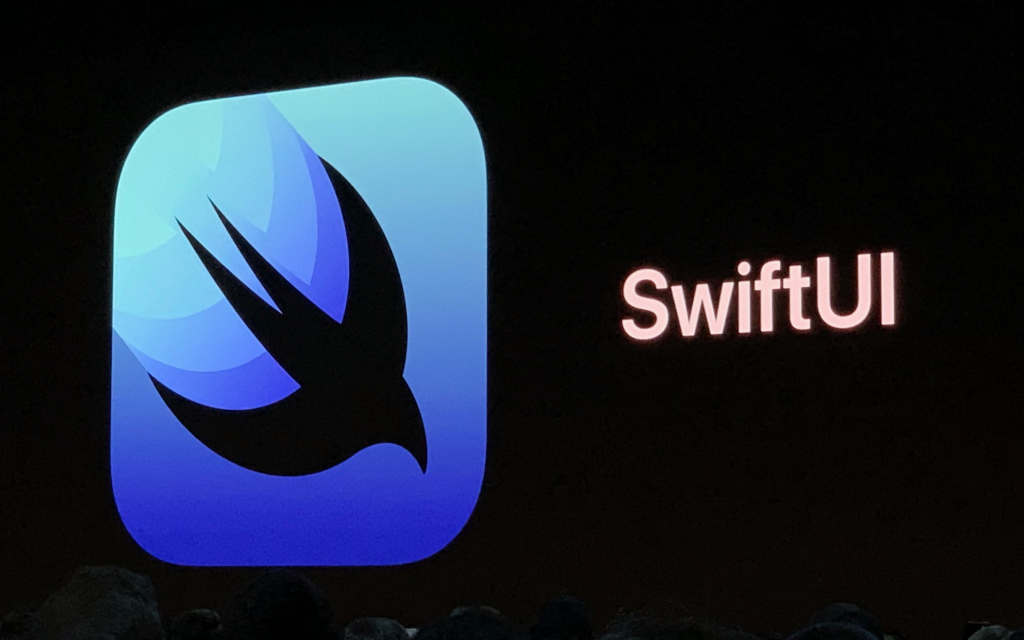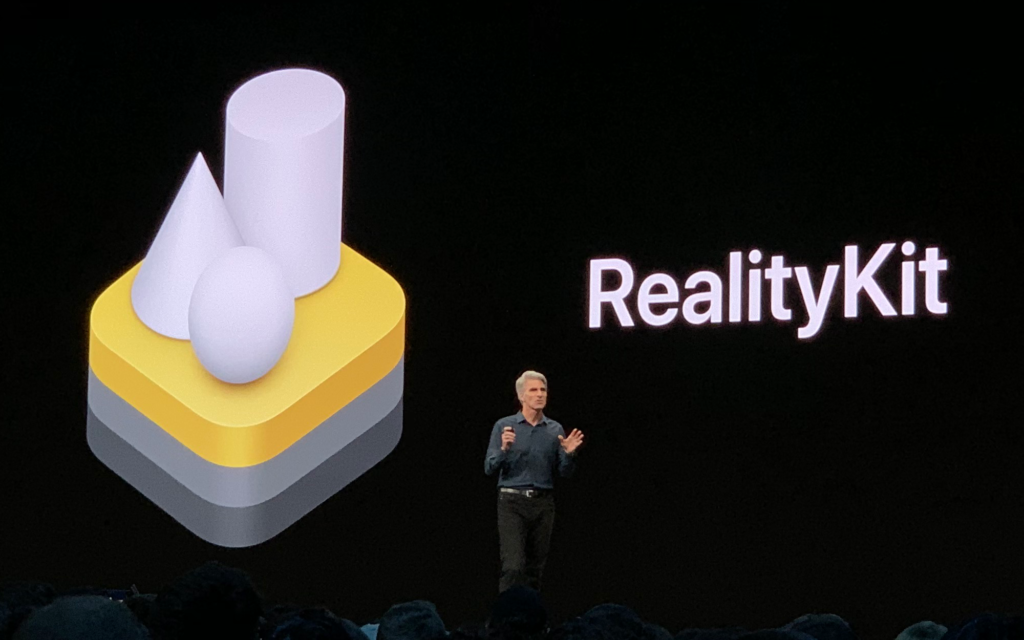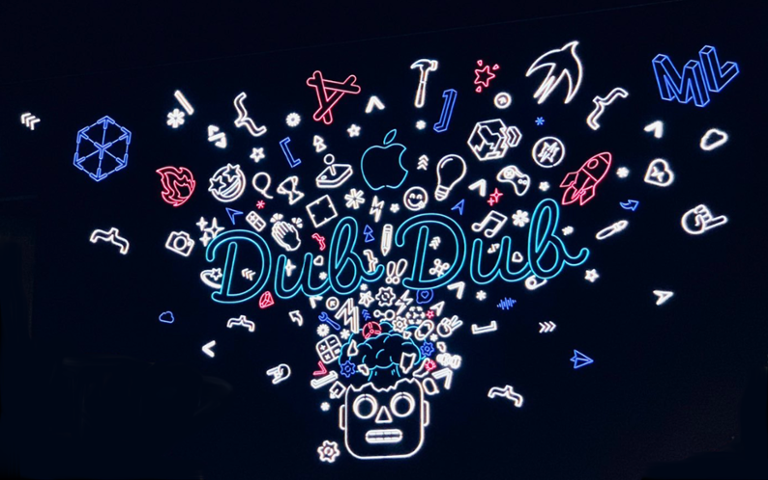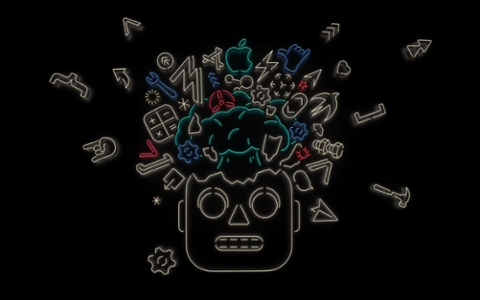After a packed WWDC 2019, we’re still uncovering gems from the event. Apple introduced a ton of new tools and services, and even a new platform for iPad (iPadOS). But where do we go from here?
SwiftUI
Apple finally introduced us to its new flagship Mac Pro, but SwiftUI stole the show. SwiftUI changes just about everything about writing apps; instead of fiddling with constraints and layouts, it makes designing and arranging app interfaces simpler.
The idea is to give developers more time to make apps great, and have them spend less time designing apps with tedious boilerplate code. SwiftUI takes care of all that.
As we’ve noted before, this is also dogmatic. SwiftUI is simple, and awesome, but it plops you right in the middle of Apple’s idea of what an app should be. Trust me, I love that designing apps just got a lot simpler, and you can style SwiftUI-built app interfaces a bit, but right now there aren’t multiple options for types of interfaces. We hope that’s next.
RealityKit
RealityKit is a big deal, too. It’s doing for augmented reality what CoreML and CreateML did for machine learning on Apple’s platforms; it's also an evolution of SceneKit, which was meant for 2D gaming. That makes it incredibly important to Apple's future (especially given how the company is reportedly working on an AR heads-up display of some sort).
Reality Composer is a mobile-first companion to RealityKit that helps create augmented reality scenes. Though you can use it in Xcode and on the Mac, it’s best on iPad as a touch-centric way to design and frame augmented reality scenes before sending along to Xcode for fine tuning.
Mobile-to-desktop is a principle Apple seems keen on, too. iPadOS is a welcome, segmented version of iOS that’s unique to iPad, which Apple is positioning more as "macOS-lite" than ever before. It’s time that iPad got its own niche, and an operating system that suits it, rather than continuing to riff off the smartphone-centric iOS. Meanwhile, iOS 13 brings dark mode, more photo editing tools, a better Maps experience, advanced privacy tweaks (including Sign-In with Apple), and not much else.
macOS and the Island
macOS is where we find ourselves on a (metaphorical) island. Version 10.15 is named Catalina (which is also a real island!), and feels like it’s leading the pack for the first time in a long time. Xcode 11 is being refreshed, and it’s best when used with SwiftUI. macOS Catalina is disrupting iTunes by splitting it into apps for Podcasts, Music, and Apple TV.
macOS is also receiving a boost from iPad via “Project Catalyst,” Apple’s official name for “Marzipan.” Project Catalyst is conceptually simple, though we’ve cautioned against assuming it’s as easy as Apple says it is, at least for existing apps. Making iPad apps available for the Mac is exciting, because the desktop will get more apps, and iPad apps will probably get better because developers are considering both platforms.

Apple is Turning the Page at WWDC 2019
WWDC 2019 was packed with so much tooling it’s impossible to process it all in one week. But there are some solid, quick takeaways.
In addition to what we mentioned above, Apple killed its bug reporting system. Yes, iOS and macOS devs, “Radars” are dead to you. Rejoice. It’s all part of Feedback Assistant now, which is still beta, but strikes us as much better than the old system (so far).
Privacy also played a big role, led by Sign-In with Apple, which is essentially like a Facebook or Google sign-in button, without being creepy about user data. Apple is starting to become demanding of developers where privacy is concerned, and it doesn’t seem as though the crowd in attendence had a problem with it.
And there’s more. Lots more. SFSymbols are official Apple icons for apps that resize when font size changes. Sidecar lets you use an iPad like a second screen for your Mac. There were impressive accessibility improvements. And that was just a fraction of what Apple pulled out onstage.
This also felt like the year Apple stomped on the gas pedal. Two things stood out routinely during sessions: The A12 processor is the new baseline for just about everything Apple is doing for AR, and “low code” is its favorite new way to think about user interfaces.
The only phones with an A12 SoC are the XS, XS Max, and XR. The iPad Pros and iPad Air have it, too. A12 is great for many reasons, but it feels like this could be Apple signaling its aforementioned AR eyewear is coming, and what RealityKit can offer in the context of said eyewear requires a powerful processor. RealityKit is a pillar for AR within Apple’s walled garden, and we should start to consider why it cares so deeply when AR on smartphones simply hasn’t caught on in a meaningful way. Glasses are coming.
SwiftUI is another line in the (island) sand from Apple; Objective-C is on the other side. While Apple hasn’t completely shunned Objective-C, that it named its new declarative UI framework after Swift (and requires Objective-C code to be wrapped in Swift to work with SwiftUI) should signal to us that it’s dead set on Swift as a primary platform moving forward. This was never in doubt, but it’s also never been more clear: Write Swift or get left behind.
(Apple also seems to be moving away from 3D Touch. The first iOS 13 beta doesn’t seem to take advantage of 3D Touch proper; instead, it favors long-touch to bring up 3D Touch items such as app icon menus. It’s something we’ve noticed within iOS 12, as well.)

Apple’s Future
WWDC 2020 will be interesting. Let’s go ahead and assume this is when we’ll see AR eyewear, if only so Apple can reap the dad-joke rewards of glasses and 2020 (20/20 vision, you see). Jokes aside, if 2019 established what Apple believes in, 2020 should be Apple taking firmer stances across the board. Privacy, augmented reality, how its various hardware and platforms work together – even strict guidelines and tooling for coding and designing apps. It’ll all solidify next year.
Apple's stance on privacy was never in question, but it's now disrupting bad actors with a sign-in button that will undoubtedly see massive adoption. It’s a bold move, and Apple will probably double down on this effort next year, likely via Safari. The web is a battleground.
“Project Catalyst” will end up vanishing, because it’s basically a button within Xcode for creating an iPad/Mac app. Apple couldn’t add that option to Xcode without acknowledging it; hence, Project Catalyst. We think in 2020, Apple will stop talking about Project Catalyst and simply start discussing any Xcode features it added to make cross-platform apps simpler to make. Saddling it with the “project” moniker doesn’t suggest it’s a standalone service; it does hint Apple will fold it into something, and Xcode is where it fits best.
2020 should also be the year we see SwiftUI on iPad. In its most basic form, SwiftUI is a drag-and-drop interface builder that returns usable code. It’s incredible, but like Reality Composer for RealityKit, it can be done on iPad before moving to Xcode for back-end code work.
Last year, I closed our annual WWDC epilogue with this ("desert" refers to macOS Mojave, because I like to use the macOS naming scheme as a theme):
Eventually, we’ll be out of the desert. The past few WWDCs have been dense and difficult terrain – like Yosemite, or the High Sierra. Now we’ve got time and space to make sense of things. If WWDC’s past is any indication, we’ll be in this sandy expanse for a few more years, then we’ll probably get to the coast. Or maybe by then, Apple will embrace that it’s an island unto itself in the world of tech: Here’s to macOS Catalina.
We got to our island sooner than most thought, and Apple has realized it’s an island nation. Eventually, its macOS naming scheme will return to the mainland, but we should remember WWDC 2019 as the year Apple turned the page, started running with augmented reality, and took a firm stance on privacy while also adding tools that will change the way we create apps.
2017 added tools we'd been waiting for. 2018 iterated on it all and tightened up some loose ends. 2019 showed how powerful it all is. 2020 will show us how much fun coding and being a developer is. It's going to be another great WWDC a year from now.


